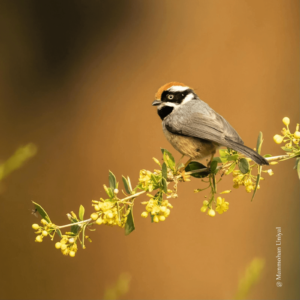
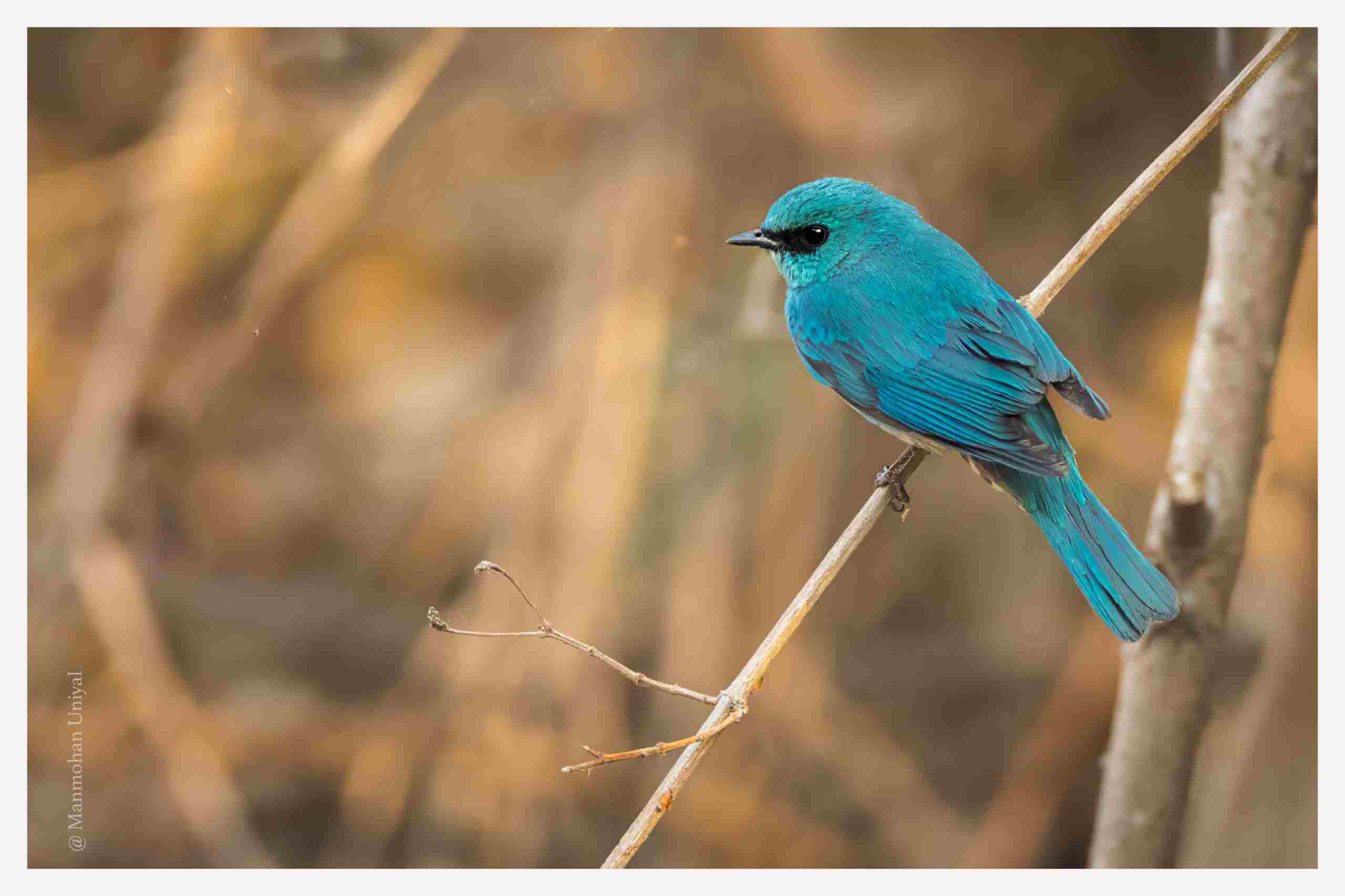
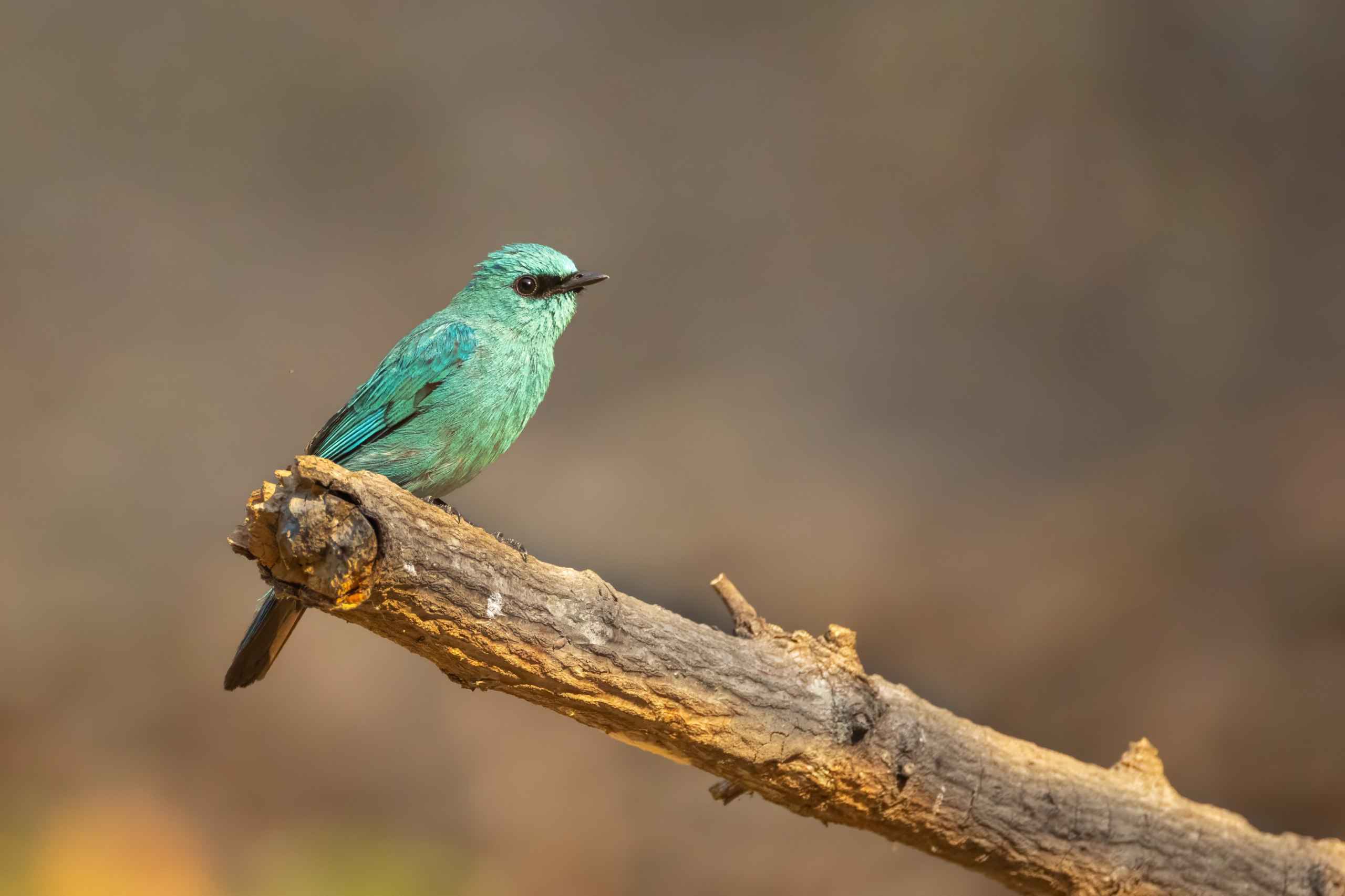
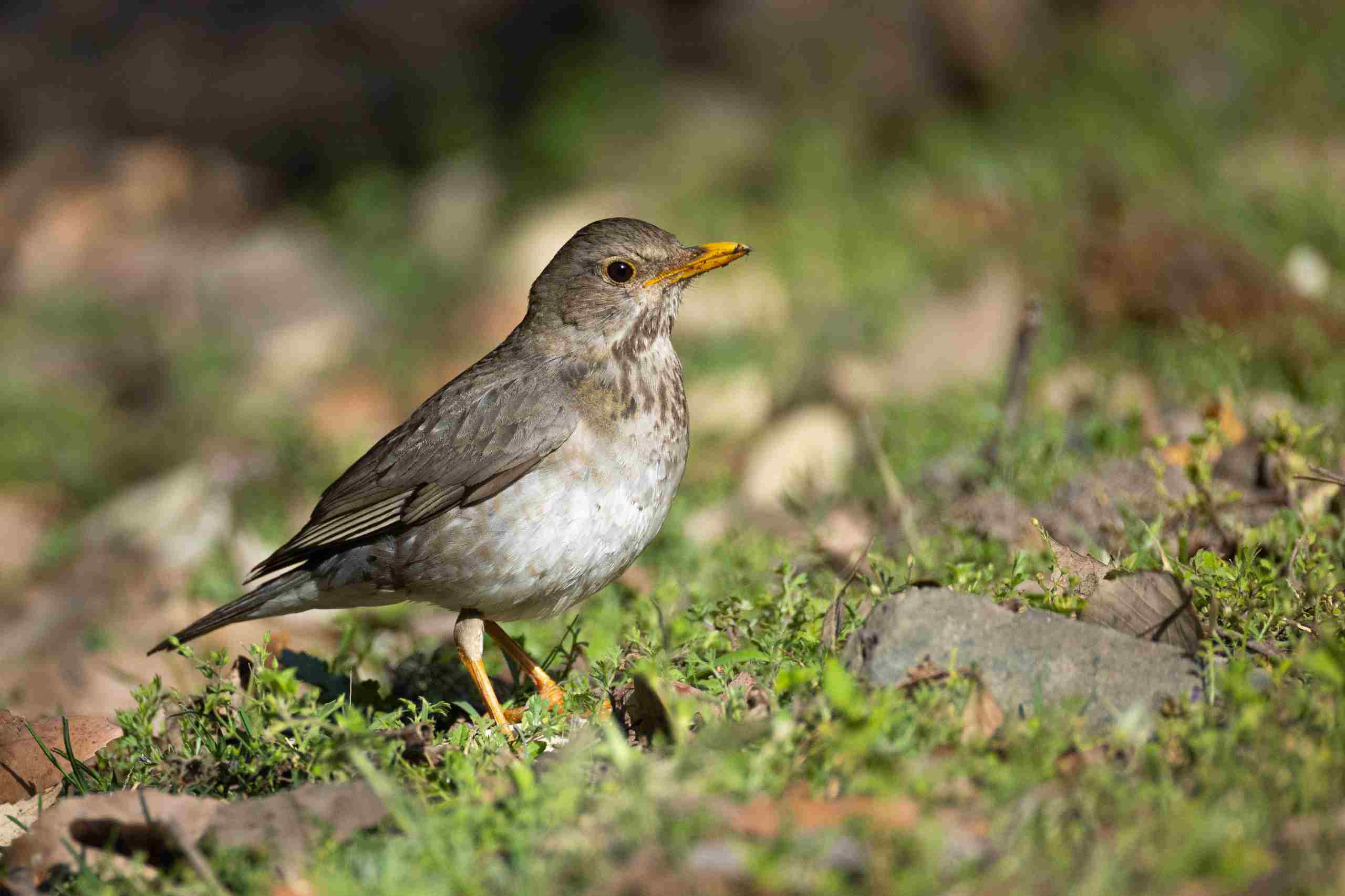
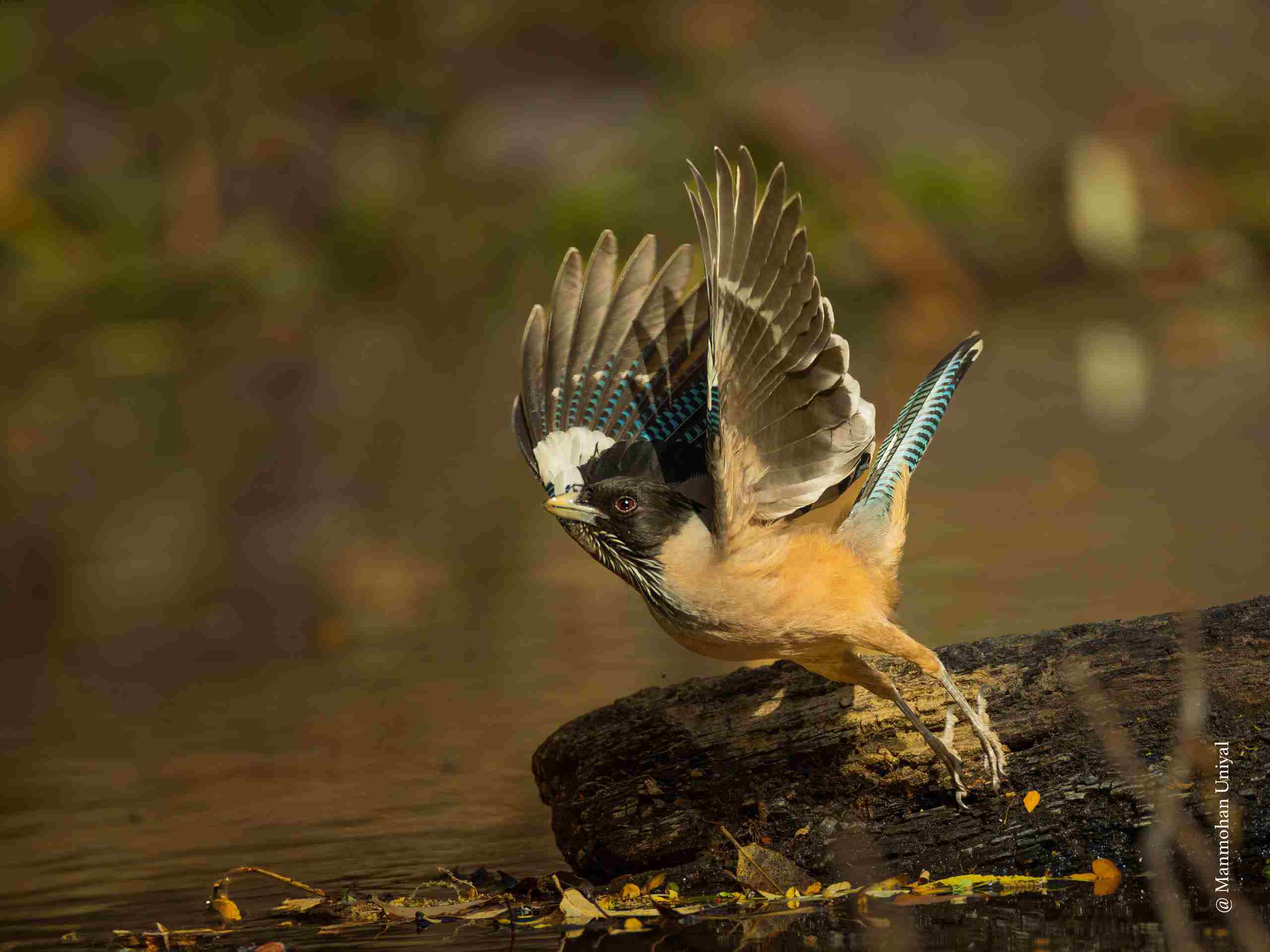
Nestled in the serene Kumaon region of Uttarakhand, Sattal is a hidden gem for bird watchers and nature enthusiasts. This beautiful place, named after its seven interconnected lakes, is renowned for its rich biodiversity and tranquil ambiance. Sattal’s lush forests and pristine waters make it an ideal habitat for a wide variety of bird species, making it a must-visit destination for birders.
My journey into the world of wildlife photography began with an unforgettable trip to Sattal. This magical place introduced many wildlife and birding enthusiasts to the wonders of birding, setting the stage for many more adventures to come. During my stay at Sattal, I experienced the beauty and diversity of Sattal’s avian life, spotting almost 80 different bird species.
How to Reach Sattal
Reaching Sattal is convenient with multiple travel options:
By Air: The nearest airport is Pantnagar Airport, 70 km away. From there, hire a taxi or take a bus to Sattal.
By Train: The closest railway station is Kathgodam, 33 km from Sattal, with connections to major cities like Delhi, Lucknow, and Kolkata. Taxis and local buses are available from the station.
By Road: Sattal is 320 km from Delhi via NH9. Regular bus services operate from Delhi, Nainital, and Kathgodam to Bhimtal, which is near Sattal. From Bhimtal, hire a taxi or take a local bus to Sattal.
Traveling to Sattal is hassle-free, allowing you to immerse in its natural beauty and tranquility.
Weather and Altitude of Sattal
Altitude: Sattal is situated at around 1,370 meters (4,495 feet) above sea level in the Kumaon region of Uttarakhand.
Weather Throughout the Year:
- Spring (March-April): Mild and pleasant, 15°C to 25°C. Ideal for birding and outdoor activities, during this time migratory birds will be going away to high altitude areas.
- Summer (May-June): Warm but comfortable, 20°C to 30°C. Perfect for exploration for summer migratory species like Long tailed, broadbill, Tawny Fish Owl, Brown Wood Owl and Indian paradise flycatchers, Verditer Flycatchers.
- Monsoon (July-September): Moderate to heavy rainfall, 15°C to 25°C. Lush greenery, but wet conditions.
- Autumn (October-November): Cool and crisp, 10°C to 20°C. Clear skies and vibrant fall colors, best time for winter migratory birds.
- Winter (December-February): Cold, 5°C to 15°C. Chilly mornings and evenings, sunny days, best time for winter migratory birds.
Sattal’s temperate climate makes it a year-round destination for nature and birding enthusiasts
Add-On Places to Visit Near Sattal
While exploring Sattal, you can enhance your birding experience by visiting nearby locations known for their resident and migratory birds:
Pangot:
Located around 36 km from Sattal (approximately 1 hour 30 minutes by car), Pangot offers lush green forests and stunning views of the Greater Himalayas. The major birding attractions here are the Koklas Pheasant and Cheer Pheasant.
Nainital:
Just 24 km away (around 1 hour by car), Nainital is renowned for its natural beauty and diverse birdlife. Key bird species to look out for include the Yellow-billed Blue Magpie and Vinaceous Rosefinch.
Manila:
About 130 km from Sattal (a 4 hour 30 minute drive), Manila is known for its scenic meadows and excellent birding opportunities. Notable birds here include the Koklas Pheasant, Cheer Pheasant, and Mountain Scops Owl.
Visiting these places along with Sattal will offer a comprehensive birding experience with a variety of sightings.
Key Highlights of Sattal and nearby places
- Asian Barred Owlet
- Great Barbet
- Lesser Yellownape
- Gray-headed Woodpecker
- Slaty-headed Parakeet
- Long-tailed Minivet
- Bronzed Drongo
- Gray Treepie
- Rufous-naped Tit
- Green-backed Tit
- Himalayan Black-lored Tit
- Mountain Bulbul
- Rusty-cheeked Scimitar-Babbler
- Striated Laughingthrush
- Streaked Laughingthrush
- Variegated Laughingthrush
- Blue-winged Minla
- Red-billed Leiothrix
- White-crested Laughingthrush
- Rufous-chinned Laughingthrush
- White-throated Laughingthrush
- Blue Whistling-Thrush
- Golden Bush-Robin
- Rufous-bellied Woodpecker
- Fulvous-breasted Woodpecker
- Slaty-headed Parakeet
- Long-tailed Minivet
- White-browed Shrike-Babbler (Himalayan)
- Black Bulbul
- Tickell’s Leaf Warbler
- Crested Kingfisher
- Tawny Fish-Owl
- Spotted Forktail
- Brown Dipper
- Himalayan Rubythroat
- Common Rose Finch
- Maroon Oriole
- Jungle Owlet
- Scarlet Minivet
- White-throated Laughingthrush

